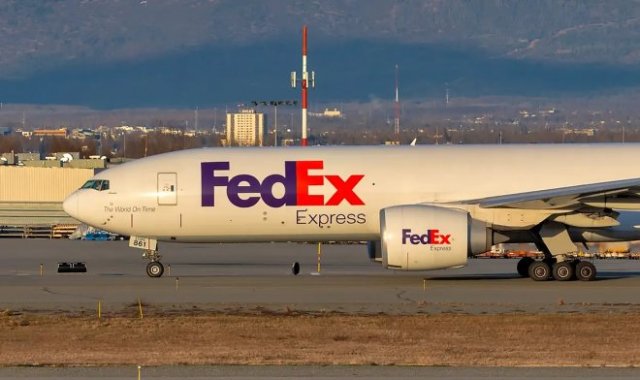
FedEx Plane
Transport and logistics giant FedEx (USA) appealed to the US Federal Aviation Administration (FAA) at the beginning of the year with a request to install anti-missile lasers on the company's transport aircraft.
As you know, jet planes leave behind a plentiful heat trail in flight, which is a reference point for heat-guided missiles, and the low speed and low maneuverability of transport aircraft turn them into an ideal aerial target. Special anti-missile lasers can counteract this. Being aimed at the missile, they, in fact, disorient its infrared guidance system. The problem of possible missile attacks on FedEx transport planes did not arise from scratch. New threats are emerging in the global world. Recently, there has been a dangerous trend of breaking food supply chains, which has already led to food shortages in a number of countries due to the coronavirus pandemic. In addition to this, last year one of the world's largest food suppliers, NEW Cooperative, was attacked by ransomware hackers. Equipping US transport aircraft with a missile defense system has its own background. During the Second World War, civilian merchant ships in convoys were equipped with artillery and anti-aircraft installations to resist enemy ships and aircraft. In 2008, FedEx tested the transport missile defense system for the first time, making sure of its safety. The current version has new features that increase the level of safety for the crew and those on the ground.
